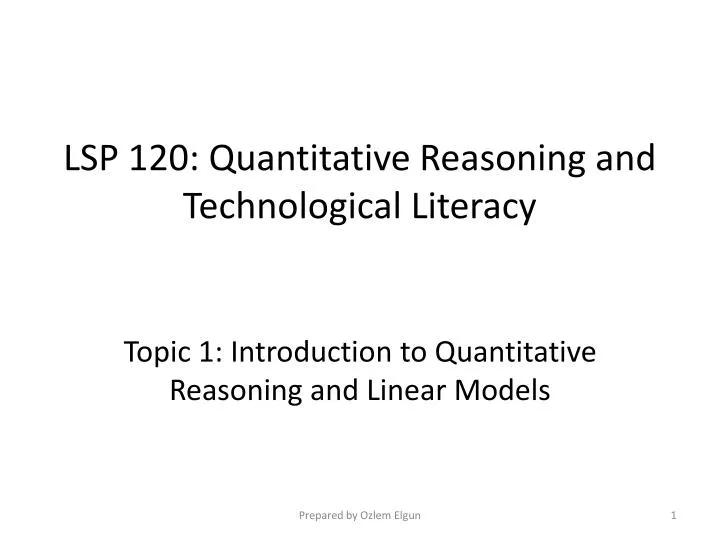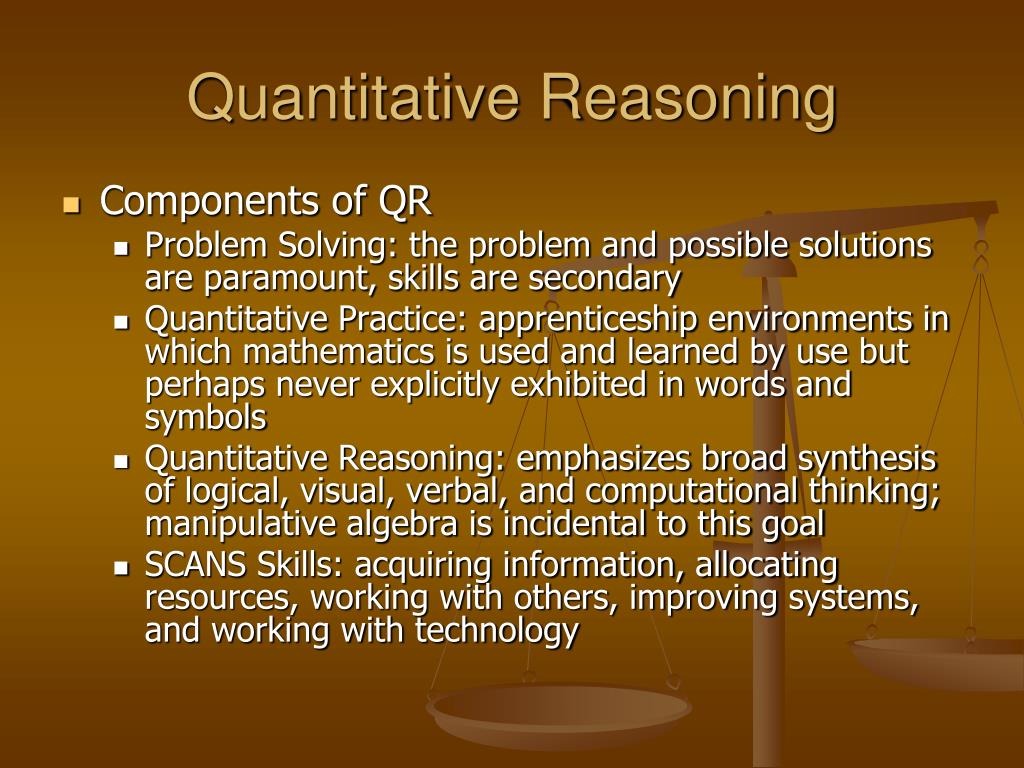Technological Solutions And Quantitative Reasoning Is

A silent revolution is underway, reshaping industries and demanding a new breed of professional: one fluent in both technology and quantitative reasoning. From diagnosing medical conditions to optimizing supply chains, the synergy between technological solutions and data-driven analysis is no longer a luxury, but a necessity for organizations aiming to thrive in the 21st century.
The ability to interpret data, build predictive models, and leverage technological tools is becoming the defining skill set of the modern workforce. Failure to adapt to this paradigm shift risks obsolescence, both for individuals and entire sectors. This article explores the increasing importance of merging technological solutions with quantitative reasoning, examining its impact across various fields and forecasting the future of this critical skill set.
The Rise of Data-Driven Decision Making
We are living in the age of data. The sheer volume of information generated daily is staggering, requiring sophisticated tools and analytical prowess to extract meaningful insights.
Traditional decision-making processes, often reliant on gut feelings and anecdotal evidence, are giving way to data-driven strategies backed by rigorous quantitative analysis.
Organizations like McKinsey & Company have consistently emphasized the importance of data-driven decision making for achieving a competitive advantage.
Applications Across Industries
In healthcare, machine learning algorithms are being used to analyze medical images, predict disease outbreaks, and personalize treatment plans. Quantitative reasoning helps doctors and researchers to evaluate the effectiveness of these algorithms and interpret their outputs accurately.
Financial institutions rely heavily on quantitative models to assess risk, detect fraud, and optimize investment portfolios. Algorithmic trading, powered by complex statistical analysis, has become a dominant force in the stock market.
In marketing, A/B testing and data analytics are used to optimize advertising campaigns, personalize customer experiences, and improve conversion rates.
Google, for example, constantly uses data to refine its search algorithms and deliver relevant results to users.
The Technological Enablers
The proliferation of powerful computing resources and advanced software platforms has made quantitative analysis more accessible than ever before. Cloud computing allows organizations to store and process vast amounts of data at a relatively low cost.
Programming languages like Python and R have become the tools of choice for data scientists and analysts, offering a rich ecosystem of libraries and tools for statistical modeling and machine learning.
Tools like Tableau and Power BI enable users to visualize data and create interactive dashboards, facilitating data exploration and communication.
The Skills Gap and Educational Imperative
Despite the growing demand for professionals with expertise in both technology and quantitative reasoning, a significant skills gap persists. Many graduates lack the necessary training to effectively leverage data and technological tools in the workplace.
Educational institutions are scrambling to adapt their curricula to address this gap, incorporating more data science and analytics courses into their programs.
Initiatives like data science bootcamps and online learning platforms are also playing a crucial role in upskilling the workforce.
Bridging the Divide
Universities are partnering with industry to develop relevant training programs and ensure that graduates possess the skills employers are seeking. The integration of real-world case studies and hands-on projects is essential for developing practical skills.
Emphasis should be placed on not only technical skills but also critical thinking, problem-solving, and communication skills. The ability to effectively communicate complex data insights to non-technical audiences is crucial for driving data-informed decision making.
Lifelong learning is becoming increasingly important as technology continues to evolve at a rapid pace. Professionals need to continuously update their skills to remain relevant in the job market.
The Future of Work
The demand for professionals with expertise in both technology and quantitative reasoning is only expected to grow in the coming years. Automation and artificial intelligence are transforming the nature of work, requiring individuals to possess skills that cannot be easily replicated by machines.
According to the Bureau of Labor Statistics, data science and analytics roles are among the fastest-growing occupations in the United States.
Individuals who can effectively combine technological proficiency with quantitative analysis will be highly sought after across a wide range of industries.
Ethical Considerations
As data-driven decision making becomes more prevalent, it is crucial to address the ethical implications of using algorithms and predictive models. Bias in data can lead to discriminatory outcomes, reinforcing existing inequalities.
Transparency and accountability are essential for ensuring that algorithms are used responsibly and ethically. Organizations need to implement safeguards to prevent bias and ensure fairness.
The European Union's General Data Protection Regulation (GDPR) is an example of a regulatory framework designed to protect individuals' data and promote ethical data practices.
Conclusion
The fusion of technological solutions and quantitative reasoning is transforming the way we live and work. Adapting to this paradigm shift is essential for individuals and organizations seeking to thrive in the 21st century.
By investing in education, developing relevant skills, and embracing ethical data practices, we can unlock the full potential of this powerful combination and create a more innovative and equitable future.
The future belongs to those who can understand, interpret, and leverage data to solve complex problems and drive meaningful change.


















